Among the renowned thinkers and researchers who explored the potential of psychedelics’ mind-altering experiences are Alan Watts, Timothy Leary, Ralph Metzner and Ram Dass. Some of their reports were published in The Psychedelic Review, an important journal at the time.
History
During the 1950s, mainstream media provided numerous reports on research into LSD and its growing use in psychiatry. Undergraduate students of psychology took LSD, almost casually, as part of their studies and reported on its effects. Between 1954 and 1959, Time magazine published six reports that portrayed LSD in a positive light.
As of the mid-1950s, writers like William Burroughs, Jack Kerouac and Allen Ginsberg took drugs, including cannabis and Benzedrine, and wrote about their experiences, which raised awareness and largely popularize their use. In the early 1960s, famed proponents of consciousness expansion such as Timothy Leary, Alan Watts and Aldous Huxley extensively advocated the use of LSD and other psychedelics, profoundly influencing youth.
Cultural Influence
The 1960s saw a major emergence of a psychedelic lifestyle in California, particularly in San Francisco, which was home to the first major underground LSD factory. Some notable groups of advocator of LSD also emerged in California. The Merry Pranksters, sponsored the Acid Tests, a series of events such as light shows, film projection and improvised music by the Grateful Dead, all experienced under the influence of LSD. The Pranksters toured the US and had a major impact on the popularization of LSD.
Also in the 1960s, the gravitation of Berkeley students and free thinkers to San Francisco has brought about the emerging of a music scene comprising folk clubs, coffee houses and independent radio stations. The existing drug culture among jazz and blues musicians, which included cannabis, peyote, mescaline and LSD began to grow among folk and rock musicians.
That same era saw musicians gradually more explicitly referring to the drug and reflecting their LSD experience in their music, just as it was already reflected in psychedelic art, literature and film. This trend grew in parallel both in the US and in the UK as part of the mutually influenced folk and rock scenes. Once pop music began incorporating psychedelic sounds, it became a mainstream genre and commercial force. Psychedelic rock was at its height in the late 1960s, and was the prevailing sound of rock music and serving as a major element of the psychedelic culture as expressed in festivals and event such as the historical 1969 Woodstock festival, which hosted most of the major psychedelic artists, including Jimi Hendrix, Janis Joplin, Jefferson Airplane and Santana.
LSD was scheduled and made illegal in the US and UK in 1966. By the end of the 1960s, musicians have largely abandoned psychedelia. A multiple murder committed by members of The Manson Family allegedly to the sound of Beatles songs along with the fatal stabbing of a black teenager Meredith Hunter at The Altamont Free Concert in California contributed to an anti-counterculture backlash.
Background
Psychedelics, also known as hallucinogens, are a class of psychoactive substances that alter perception, thought, and emotion. They have been used for centuries by indigenous cultures for spiritual and medicinal purposes, but it was not until the 20th century that they began to be widely studied and used in Western culture.
LSD
One of the most well known psychedelics is Lysergic acid diethylamide (LSD), which was first synthesized in 1938 by Swiss chemist Albert Hofmann. Hofmann discovered its psychedelic properties in 1943 and it quickly gained popularity in the 1950s and 1960s as a tool for psychotherapy and personal exploration.
During this time, many notable figures, including writers Aldous Huxley and Allen Ginsberg, and psychologist Timothy Leary, began to experiment with LSD and other psychedelics. They popularized the use of psychedelics as a means of achieving spiritual enlightenment and expanding one's consciousness.
Research and therapy
One of the earliest studies on the therapeutic potential of psychedelics was conducted by psychiatrist and psychoanalyst Dr. Humphry Osmond in the 1950s. Osmond and his team administered LSD to patients suffering from alcoholism and found that it helped many of them overcome their addiction. This led to further studies on the use of psychedelics in the treatment of addiction and other mental health conditions.
In the 1960s, psychologist Dr. Stanislav Grof and his colleagues began using LSD in psychotherapy sessions to help patients with a variety of conditions, including anxiety, depression, and post-traumatic stress disorder (PTSD). Grof found that LSD helped patients access deep-seated emotional and psychological issues that were difficult to reach through traditional therapy methods.
During this time, many artists, writers, and musicians also began experimenting with psychedelics, seeing them as a way to tap into their creativity and gain new perspectives on the world. Aldous Huxley's book "Doors of Perception" detailed his experiences with mescaline, and the Beatles' song "Lucy in the Sky with Diamonds" was thought to be inspired by LSD.
However, as the use of psychedelics became more widespread, concerns about their safety and potential for abuse led to their criminalization in the United States and consequently in many other countries in the 1970s. This brought the prevalent scientific research on psychedelics to a screeching halt for several decades.
It wasn't until the 1990s that scientific research on psychedelics began to resume, with studies on the active ingredient in "magic mushrooms", psilocybin. Research has shown that psilocybin can help alleviate symptoms of depression, anxiety and PTSD.
Recent studies have also shown promising results for the use of psychedelics in the treatment of addiction. A pilot study conducted in 2018 found that a single dose of psilocybin helped 80% of participants quit smoking, and a 2020 study found that a single dose of psilocybin reduced alcohol dependence in 60% of participants.
In recent years, there has been a resurgence of interest in psychedelics, driven in part by new research suggesting they may have therapeutic benefits. In 2020, the FDA granted "Breakthrough Therapy" designation to psilocybin therapy for treatment-resistant depression, which will expedite the development and review of this therapy.
As a result, a growing number of researchers and clinicians are calling for a more liberal approach to the study and use of psychedelics. They argue that the current restrictions on research are preventing scientists from fully exploring the therapeutic potential of these substances.
While the current research on psychedelics is still in its early stages, it is clear that these substances have the potential to revolutionize the field of psychiatry and mental health. However, it is important to note that psychedelics are not without risks and should not be used without proper medical supervision.
Despite the current restrictions, a growing number of people have continued to use psychedelics for personal growth and spiritual exploration.
In summary, psychedelics have been used for centuries for spiritual and medicinal purposes. They gained popularity in Western culture in the 20th century, with many notable figures advocating for their use. However, due to safety concerns, they were criminalized in the 1970s and research into their therapeutic potential came to a halt. In recent years, there has been a resurgence of interest in psychedelics, driven in part by new research suggesting they may have therapeutic benefits.

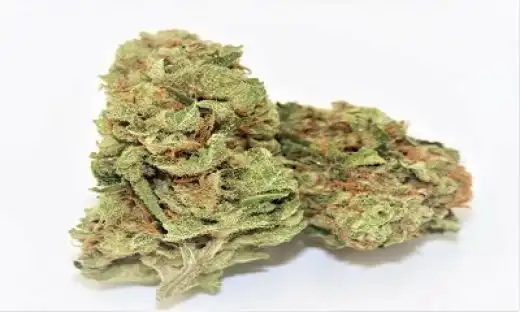
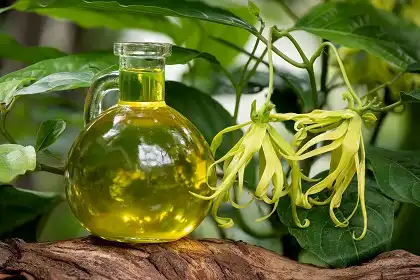
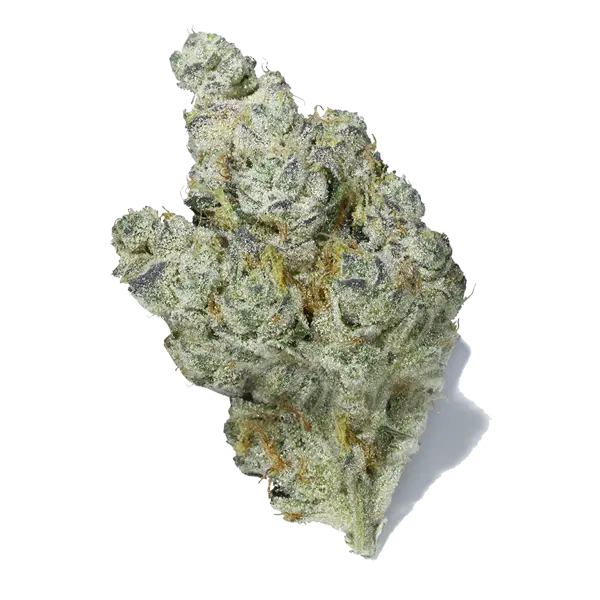
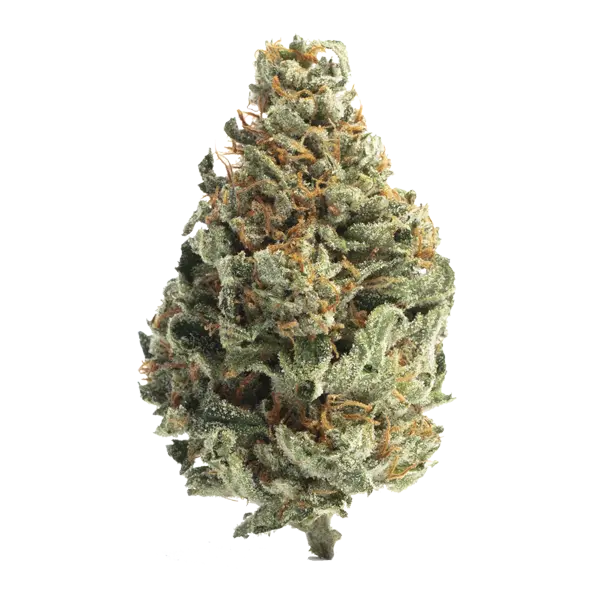
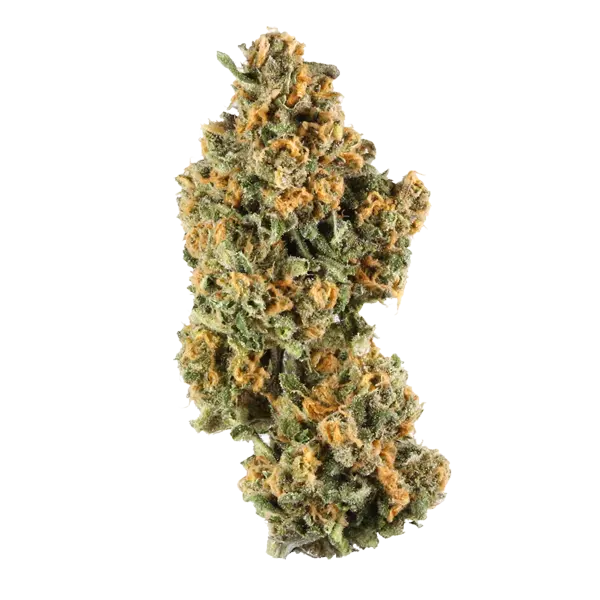

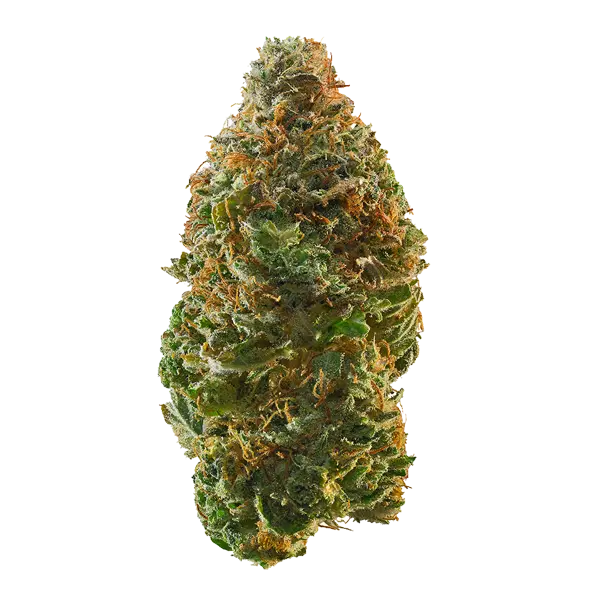
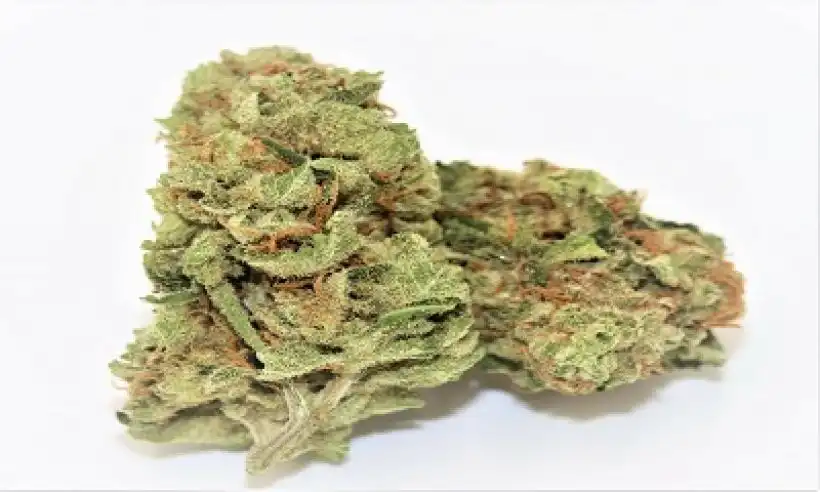
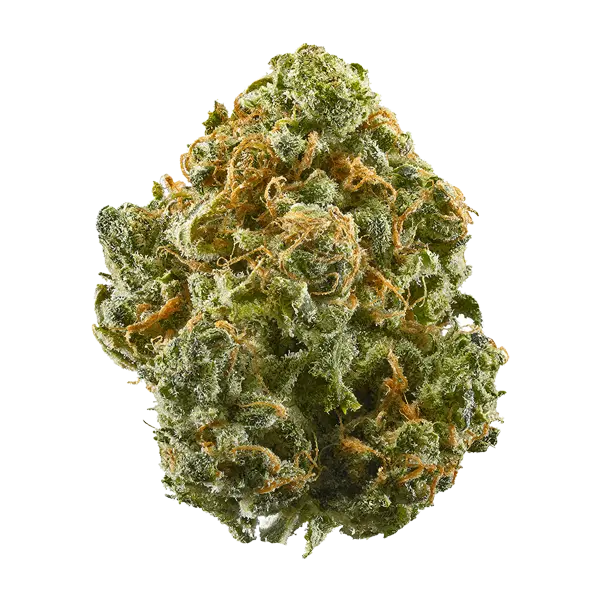
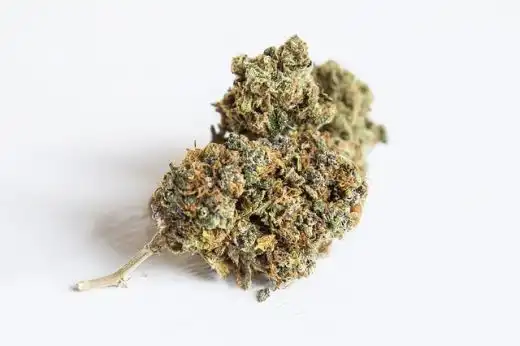

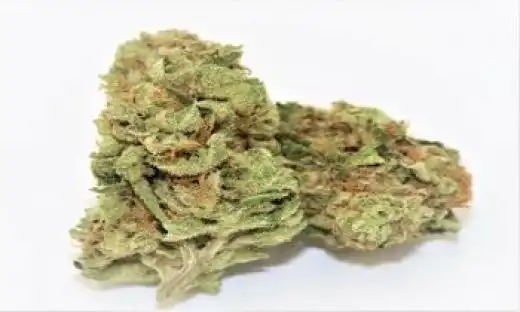
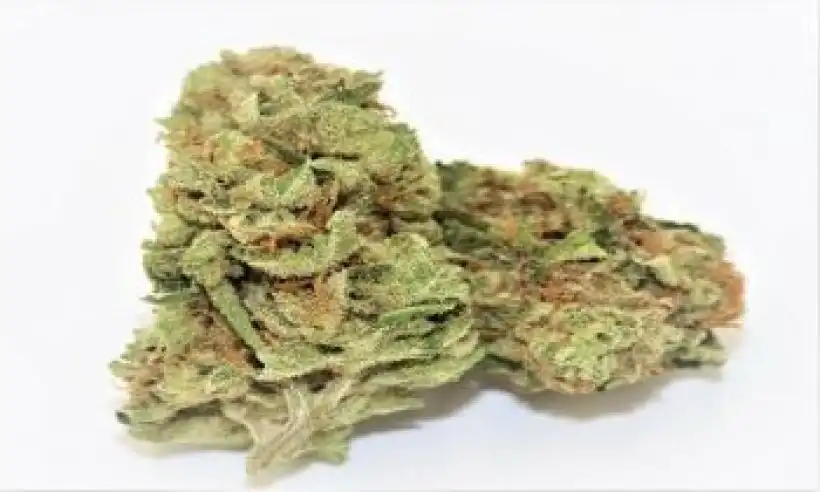



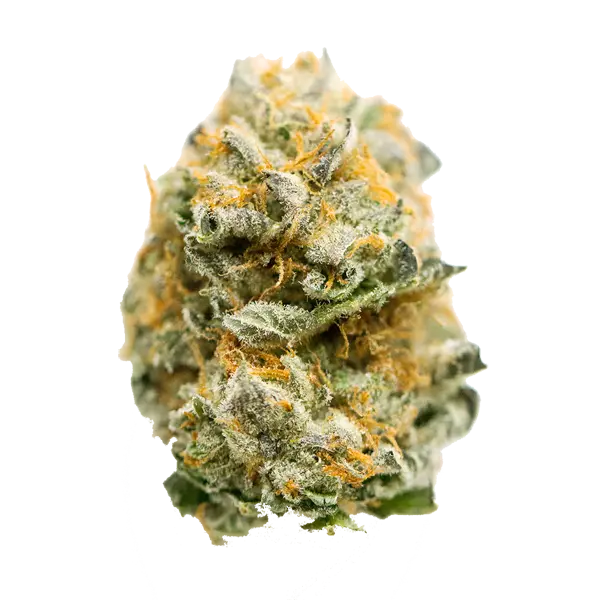

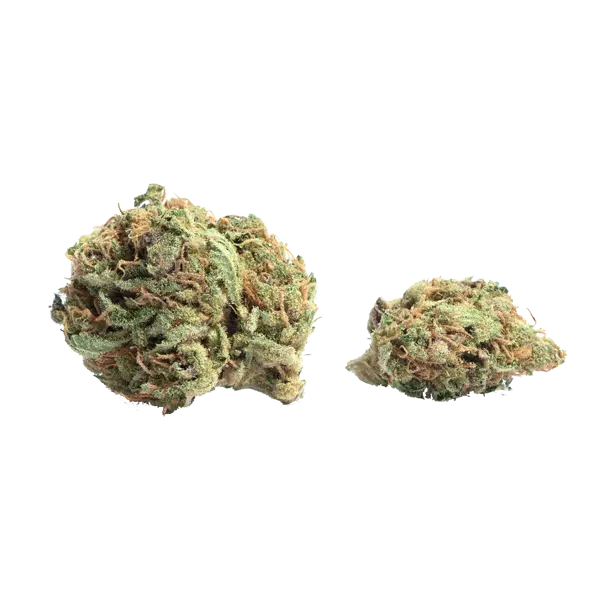
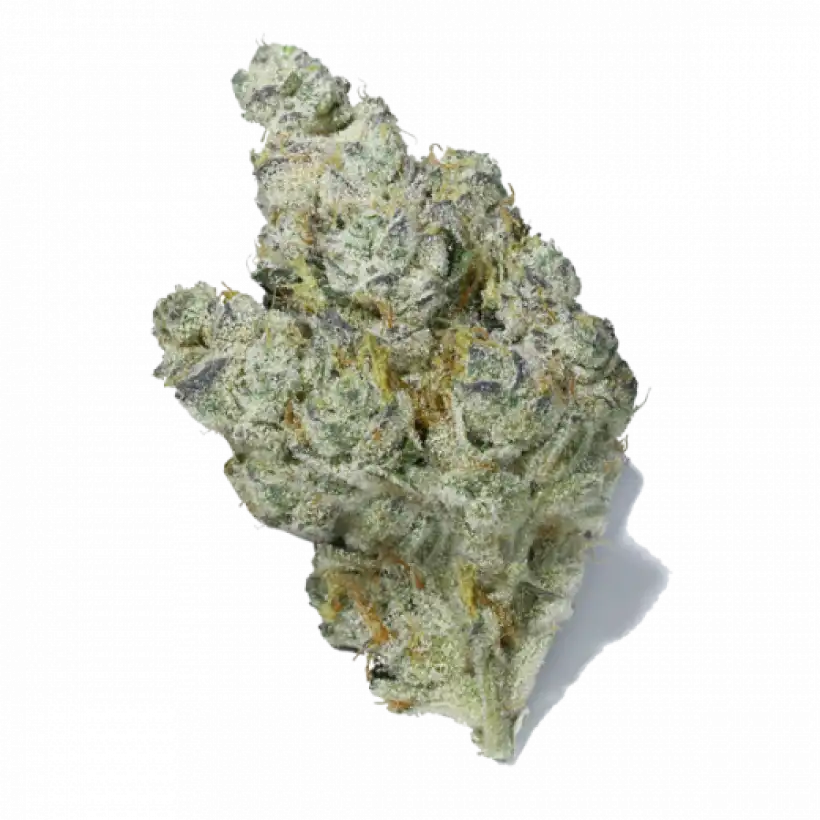
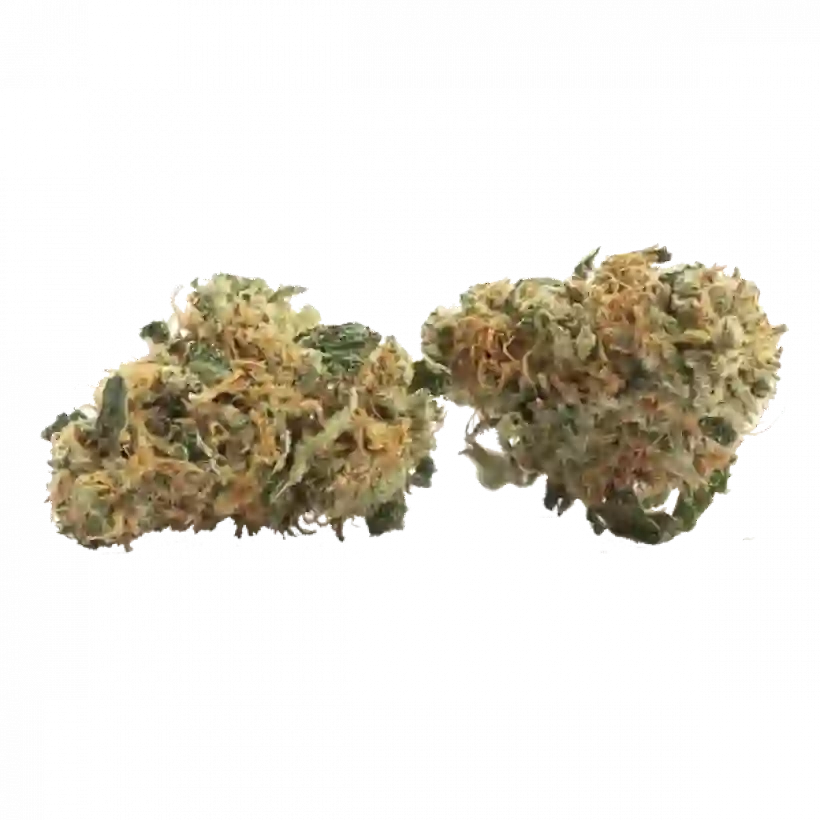

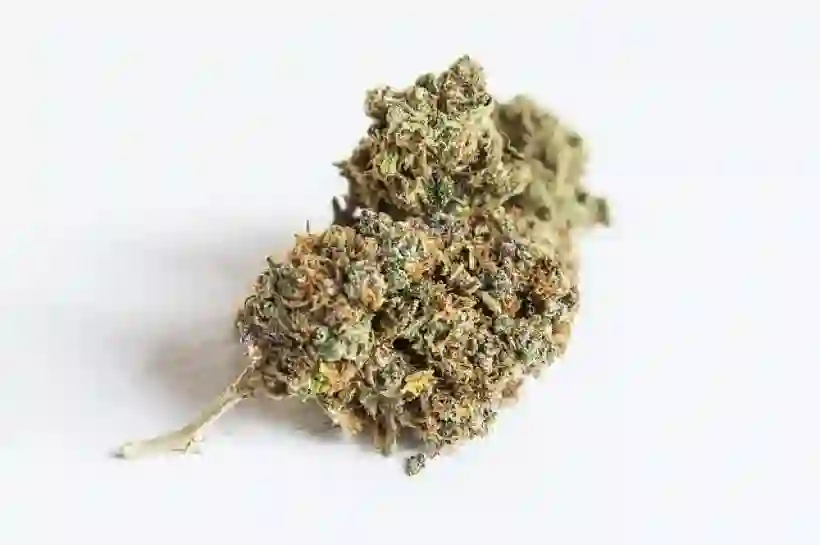
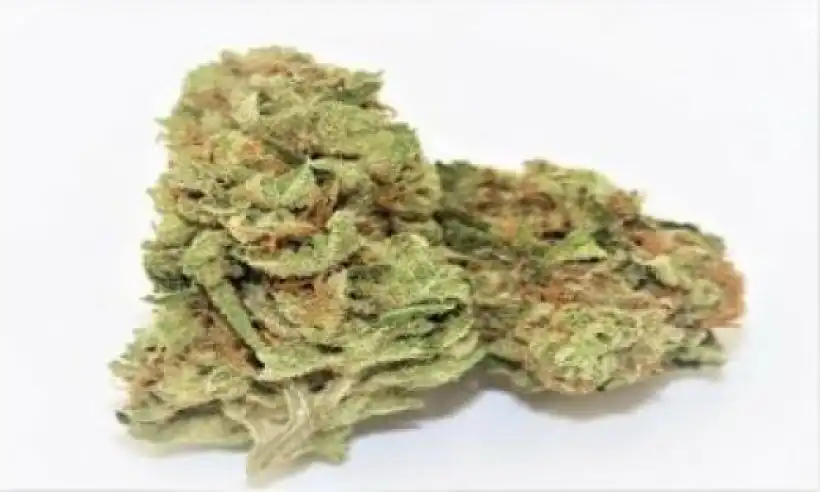
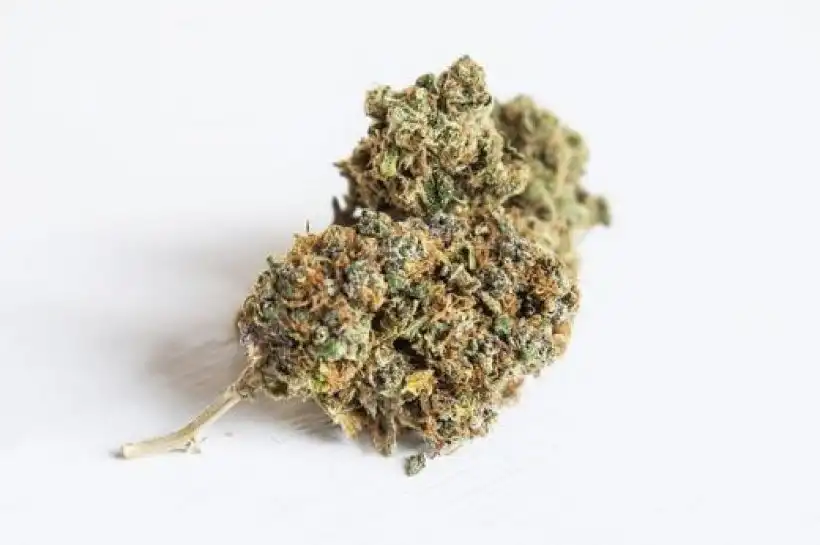

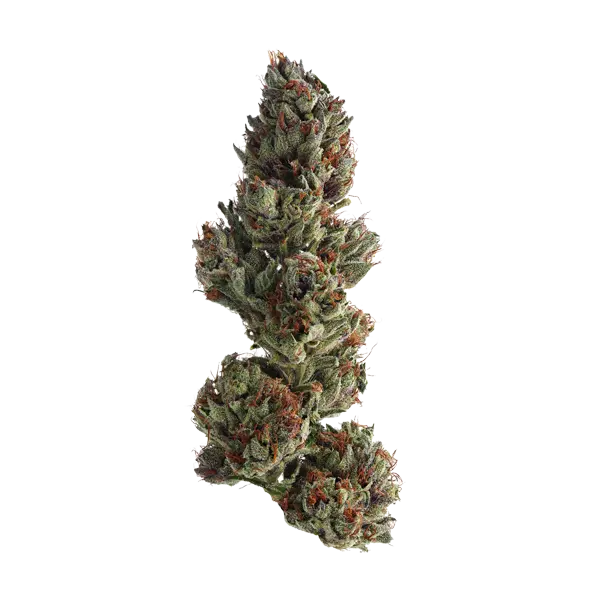
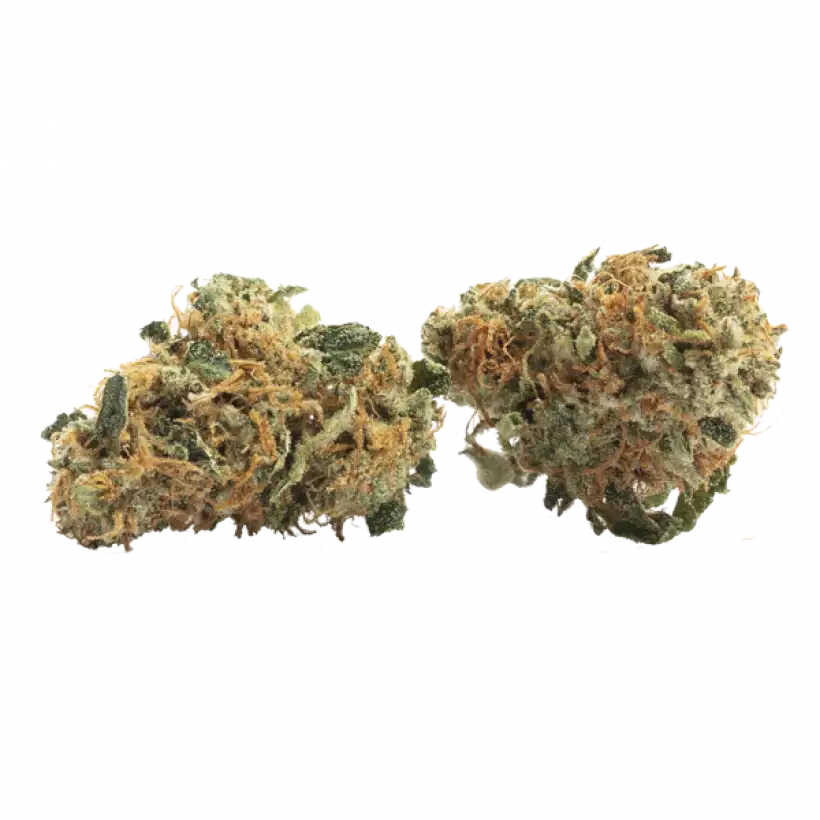

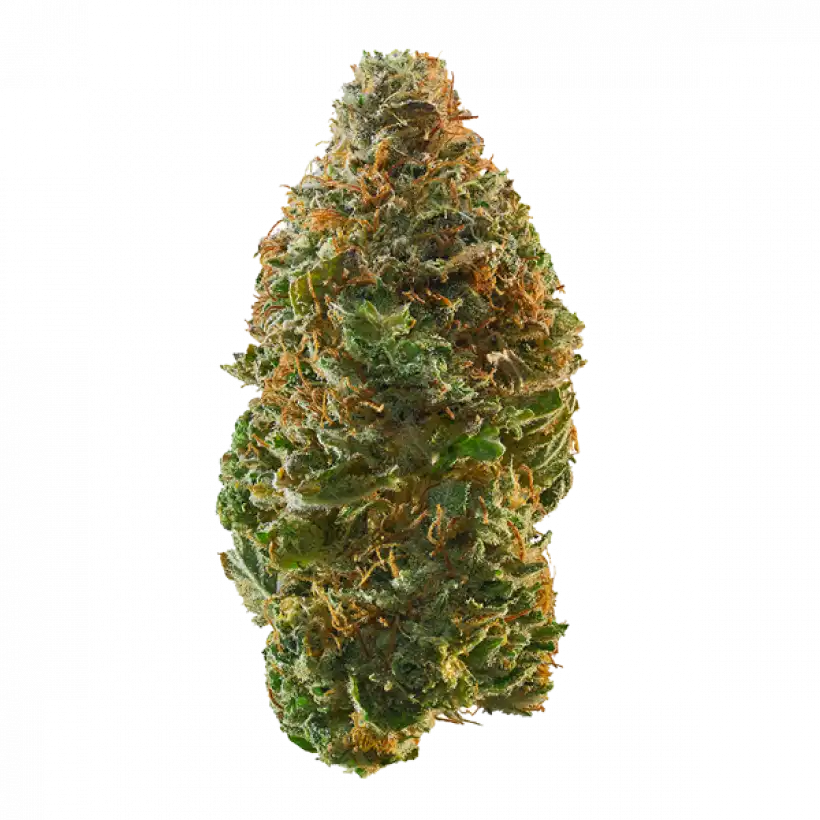
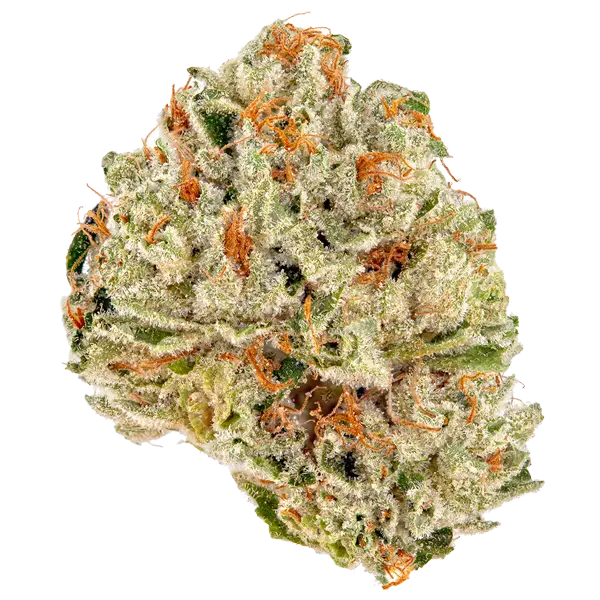
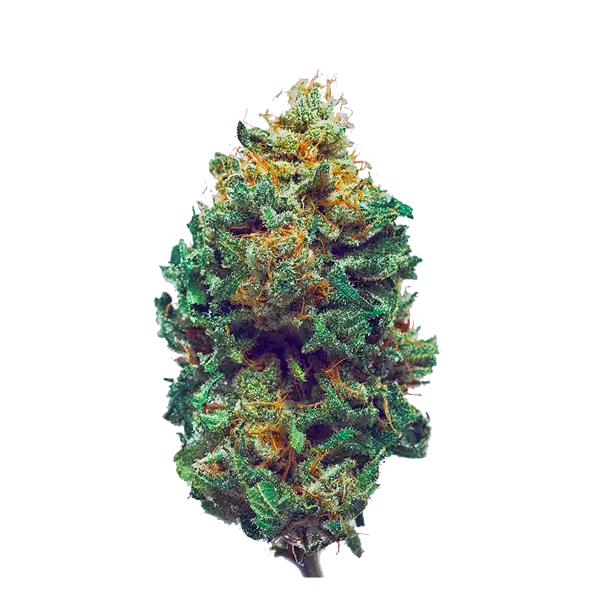
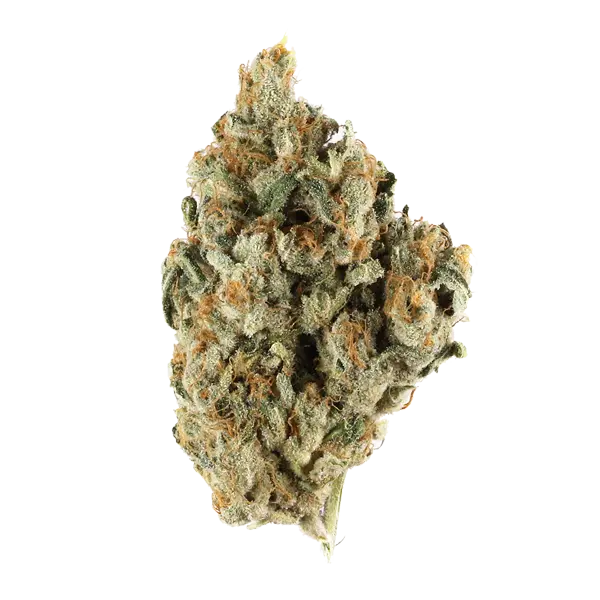
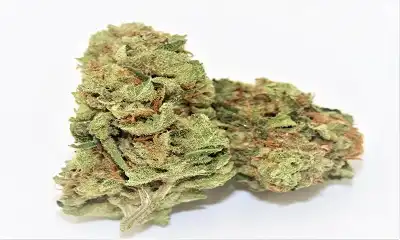
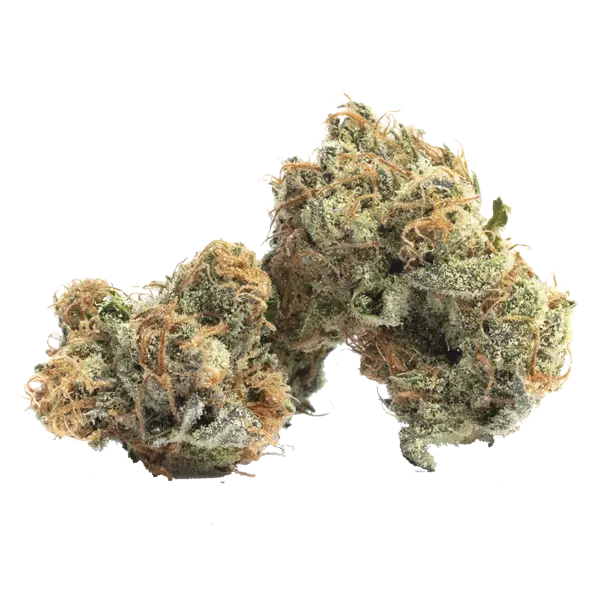
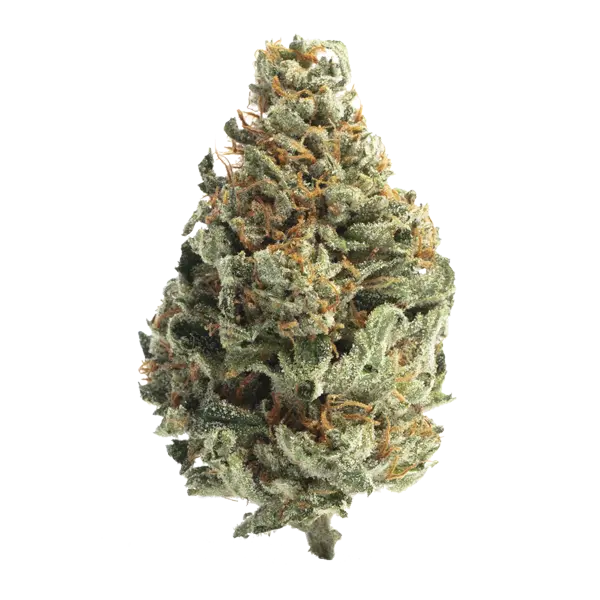
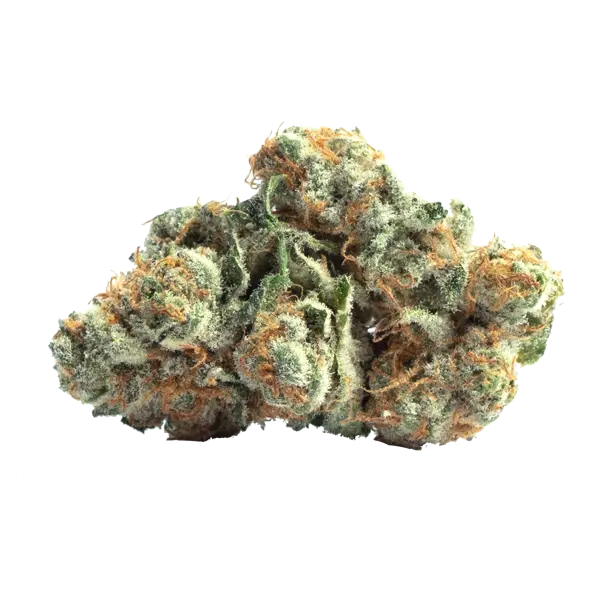
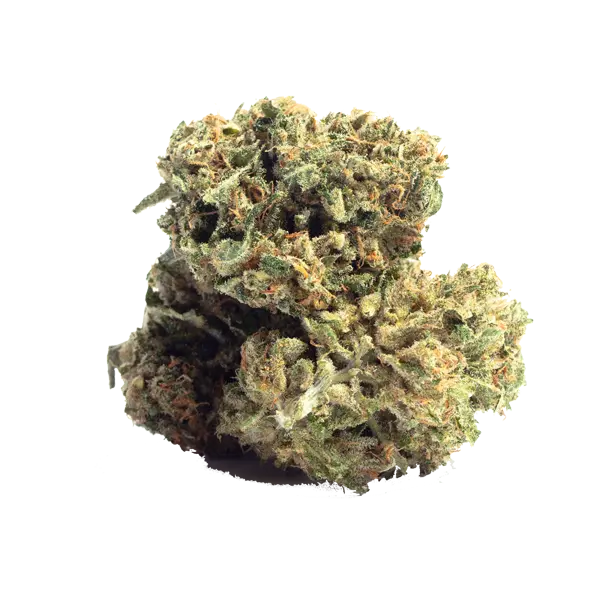
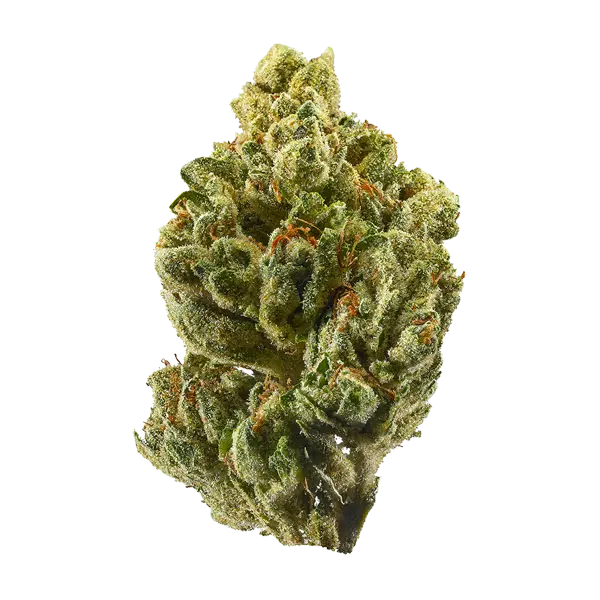

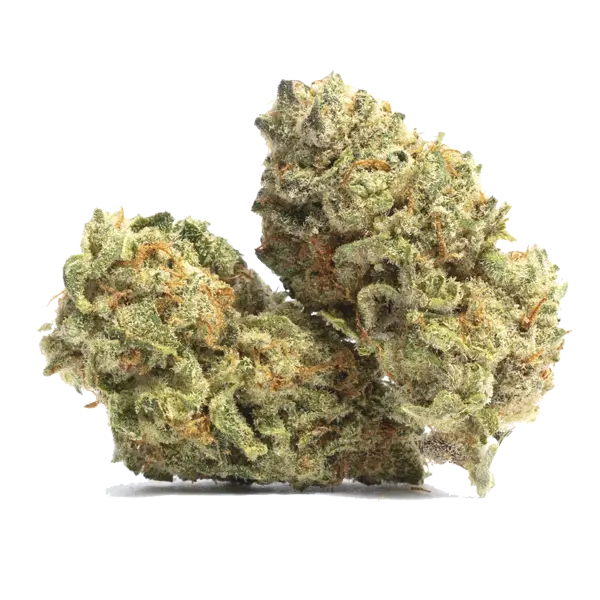
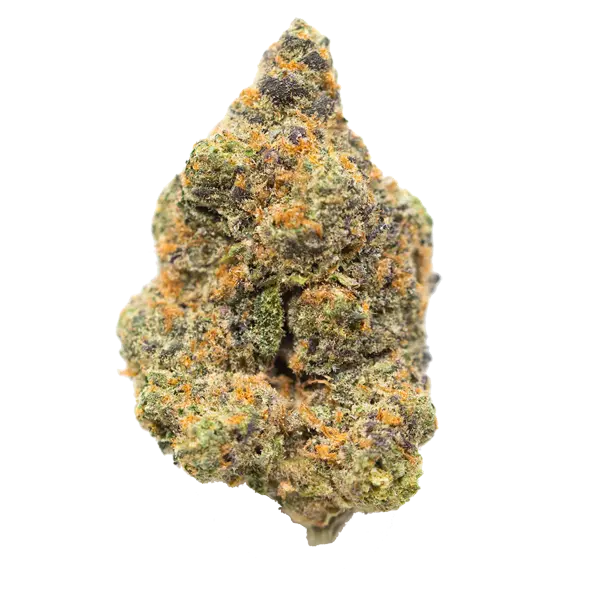
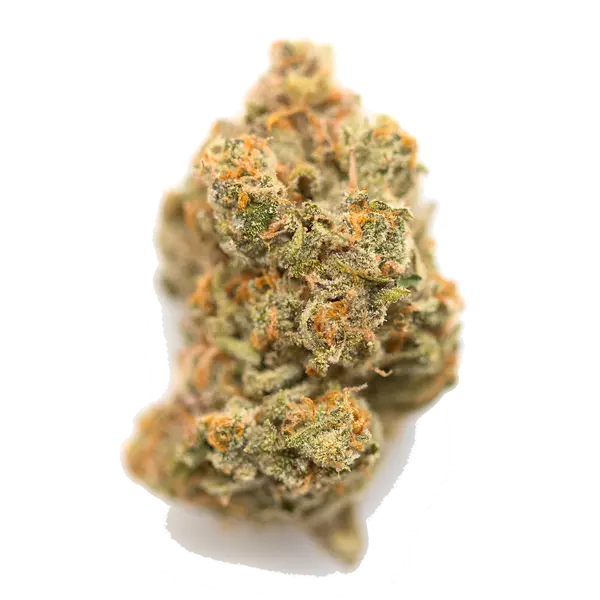
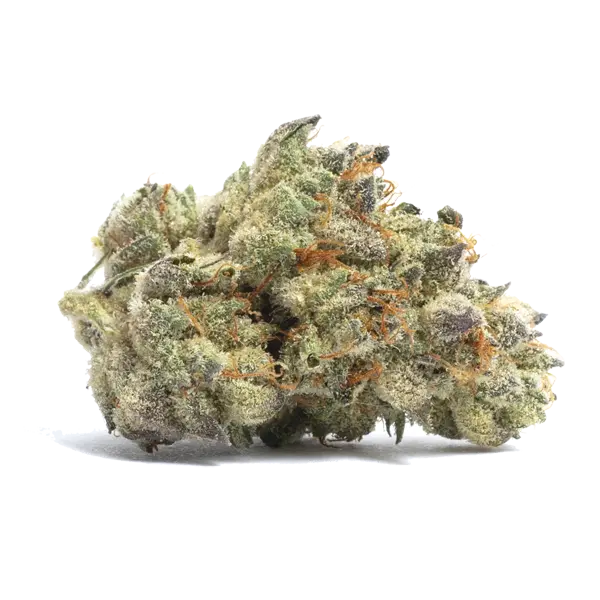
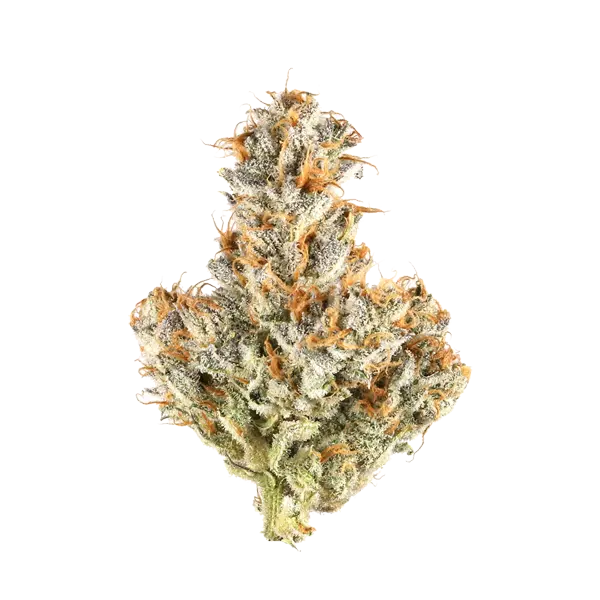


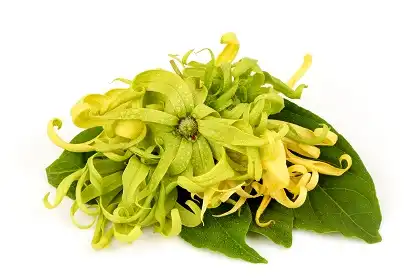

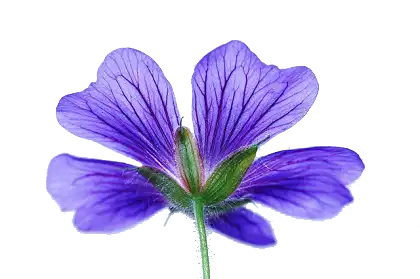





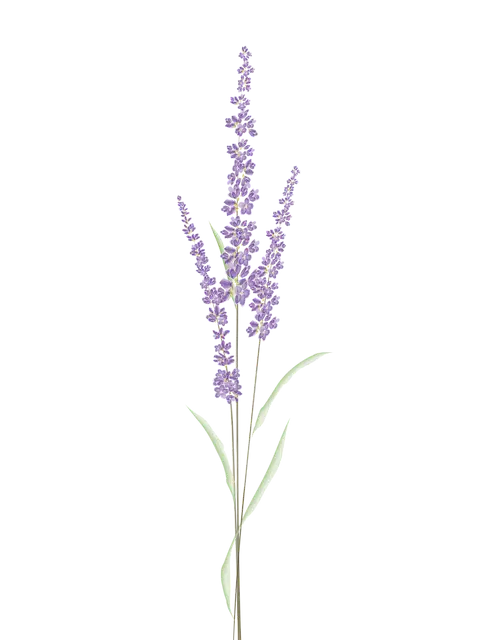
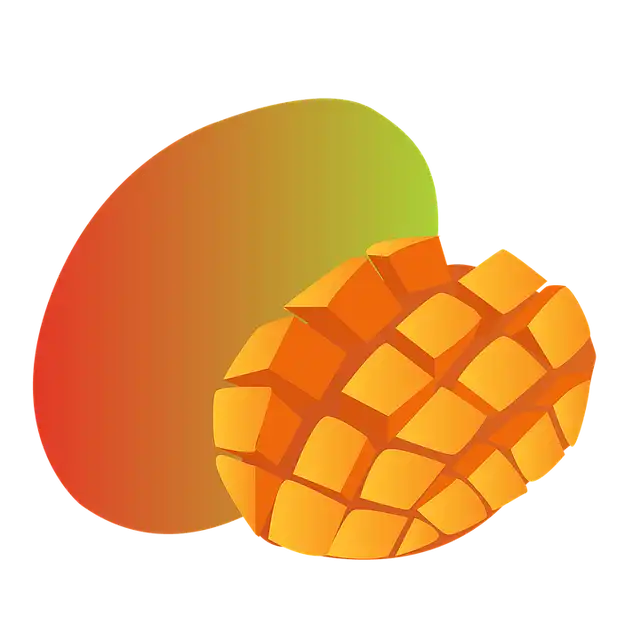
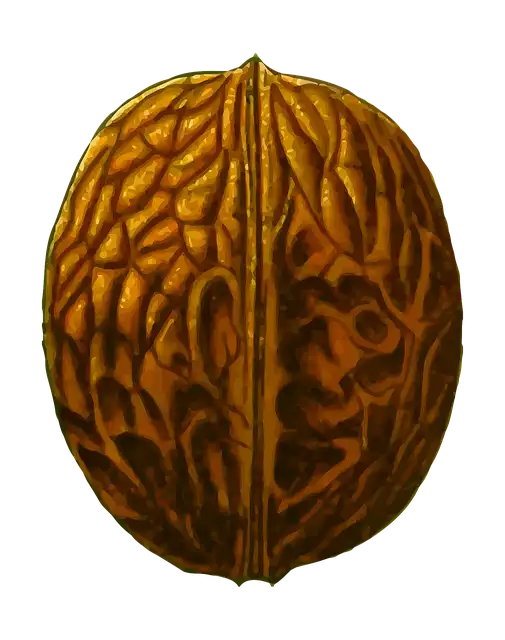
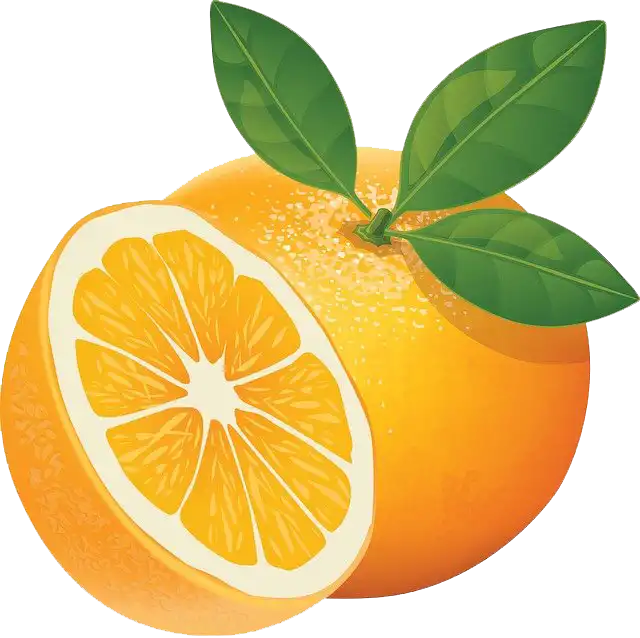
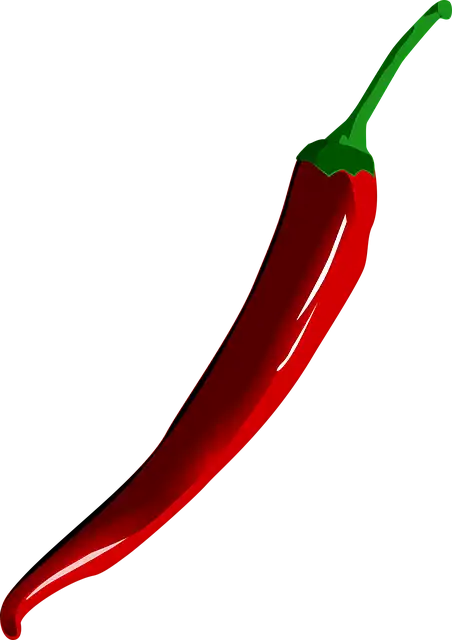
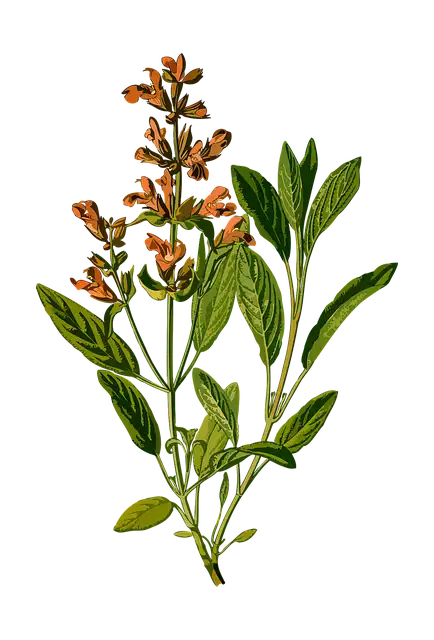
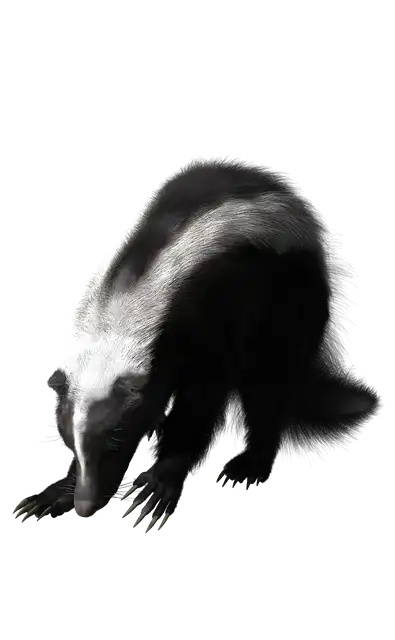
 Flavonoids in Cannabis
Flavonoids in Cannabis Anandamide: The THC of the Human Body
Anandamide: The THC of the Human Body








